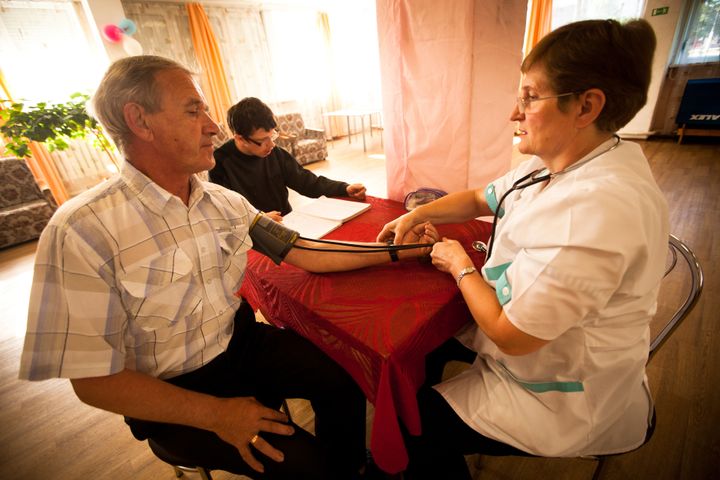
Heritage may be universal within the Hispanic community, but it seems health isn’t.
According to two recently published twin studies -- one focusing on men and the other on women’s health -- there are “significant differences” in the physical and behavioral health of individuals within three major Latino subgroups in the United States: Cuban-Americans, Mexican-Americans and Puerto Rican-Americans.
Florida State University (FSU) researchers analyzed data from the National Latino and Asian-American Study and found that both Puerto Rican-American men and women reported the highest rates of smoking and overall substance abuse -- including marijuana, cocaine, and prescription drugs -- out of the three subgroups. Puerto Ricans also showed the highest rates of major depression at 13.1 percent for women and 9.7 percent for men.
When assessing chronic conditions within the subgroups, Mexican-American women showed the highest rate of diabetes while Puerto Rican-American women reported the highest percentage of asthma. Cuban-American women, on the other hand, were more likely to report conditions such as hypertension and heart disease.
Chronic conditions afflicting specific subgroups, however, proved to be less varied in men. Puerto Rican-American men had high rates in eight of the 15 physical ailments analyzed in the study, including cardiovascular disease and hypertension (18.1%). Cuban-American men shared a similar rate of hypertension (16.5%) compared to that of Mexican-American men (11.2%).
Nevertheless, almost 45 percent of Cuban-American men said they considered their health to be ‘Excellent,’ followed by 37.5 percent of Puerto Rican-American men and 32 percent of Mexican-American men.
A Census Bureau report released this month also found that in 2010 Hispanics were more likely to report ‘Excellent’ health (33.8%) compared to Non-Hispanic, Blacks (29.8%) and Non-Hispanic, Whites (32.7%).
This positive perception of their overall health, and the fact that 15.8 million Hispanics were uninsured in the United States in 2011, may explain why the Bureau also reported Hispanics as “the least likely racial and ethnic group to use a medical provider.”
“We don’t go to the doctor until we’re very, very sick,” Dr. Jane Delgado, President and CEO of the National Health Alliance for Hispanics, told NBC Latino. “By then, our health care clinician is limited in what they can do because the condition is too difficult to pinpoint.”
Approximately 42 percent of Hispanics said they had “zero visits” to a medical provider in 2010, almost double the percent of Whites and Black that reported no visits that year. Also, Hispanics were the least likely ethnic group to use prescription medicine, 73 .2 percent saying they “never” took prescribed medication in 2010.
FSU researchers also indicated a possible correlation between individuals’ education, occupation, and geography and the differences in health conditions within the subgroups.
“Within Latino groups, cross-subcultural differences may contribute to the different patterns in both physical and mental health,” said Amy Ai, the FSU Associate Dean and Professor who led the Latino-american subgroup studies, in a press release. “It is critical to further examine factors associated with the gender- and ethnicity-specific health issues and with [Latinos’] underuse of health services in order to inform culturally appropriate intervention for Latino-Americans.”

